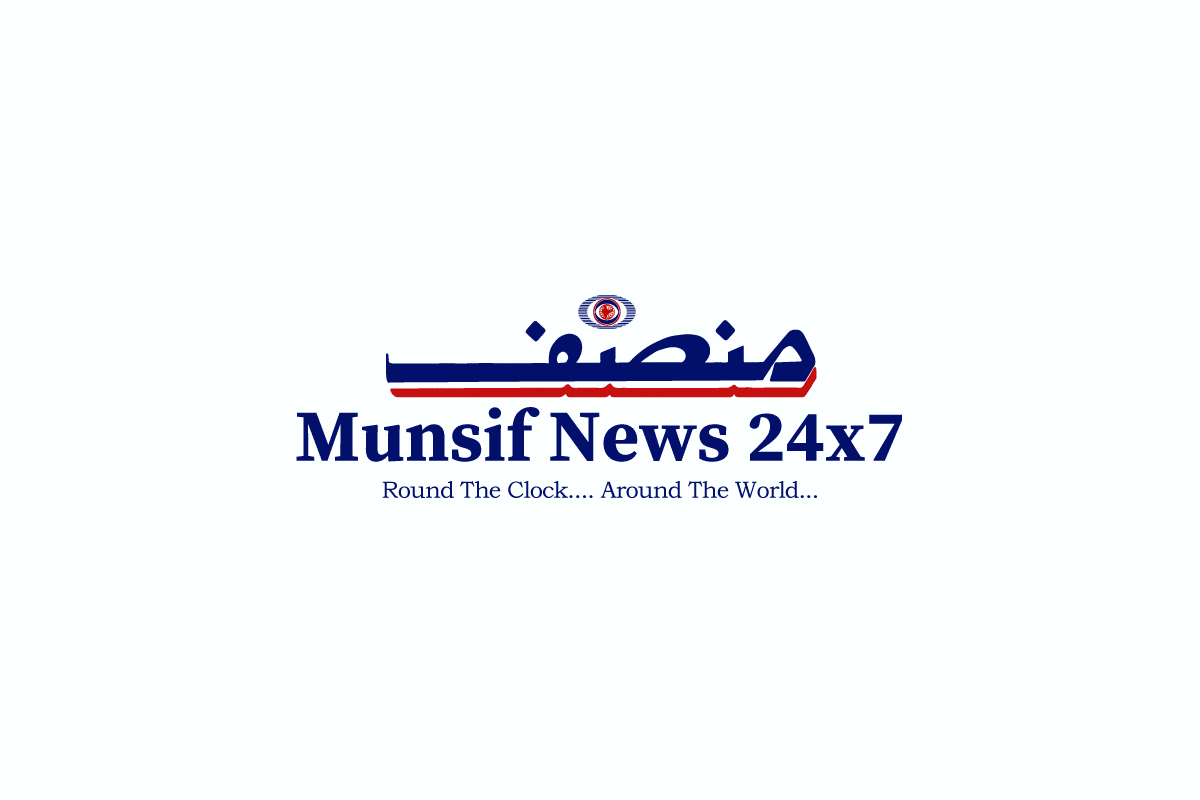Tajikistan Enforces Hijab Ban and Curbs Eid Festivities: A Step Backward for Religious Freedom
Tajikistan, a Central Asian nation with a predominantly Muslim population, has taken a controversial step by enforcing a hijab ban and restricting Eid festivities for children.

Hyderabad: Tajikistan, a Central Asian nation with a predominantly Muslim population, has taken a controversial step by enforcing a hijab ban and restricting Eid festivities for children.
The law, passed by the Majlisi Milli on June 19, prohibits wearing the hijab and other traditional Islamic clothing, raising significant concerns about religious freedom in the country.
During the 18th session of the Majlisi Milli, chaired by Rustam Emomali, the upper parliamentary house approved this contentious bill, initially passed by the lower chamber, the Majlisi Namoyandagon, on May 8. The legislation primarily targets the hijab and other “alien garments,” with officials claiming the ban is necessary to combat extremism and ensure children’s safety during Ramadan and Eid al-Adha.
Sulaiman Davlatzoda, head of the Religion Committee, justified the ban on children’s holiday celebrations by citing the need for proper education and safety. However, the move has sparked widespread debate among Tajikistan’s Muslim population, who view it as an infringement on their religious practices and cultural traditions.
The law imposes severe fines for violations: individuals face fines up to 7,920 somonis, companies up to 39,500 somonis, and government officials and religious leaders could be fined up to 57,600 somonis. This follows years of unofficial restrictions on the hijab, which began in 2007 when the Ministry of Education banned Islamic attire for students and later extended to all public institutions.
Local authorities have enforced these measures through market raids and street patrols, although officials deny fining women for wearing hijabs. The government’s actions have been seen as an attempt to control religious expression, reflecting a Soviet-era mindset that conflicts with the nation’s Islamic heritage.
The influx of Middle Eastern garments has raised alarm among officials, who associate them with extremism. Yet, this broad-brush approach punishes ordinary citizens for their religious beliefs and cultural expressions. Traditional Tajik clothing, known for its colorful, embroidered patterns, has Persian roots and represents a significant aspect of the nation’s identity.
Critics argue that Tajikistan’s new law is a step backward for religious freedom and cultural expression. The government’s heavy-handed approach not only stifles personal liberties but also exacerbates the tension between state-imposed secularism and the religious identity of its people.
As Tajikistan navigates its post-Soviet identity, such draconian measures risk alienating its citizens and undermining social cohesion.
